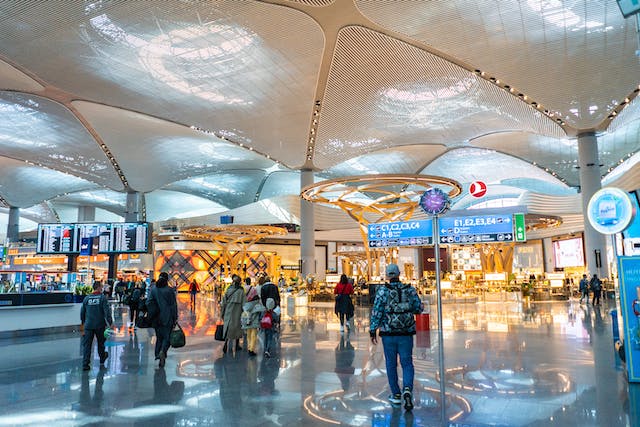The essence of family is a fundamental aspect of life, and for many individuals living in Australia, reuniting with their parents is a deeply cherished aspiration. The Australian Parent Visa program stands as a pivotal avenue for bringing families back together, offering a path for parents to reside with their children in the Land Down Under. This article will delve into the various categories of parent visas, eligibility criteria, the application process, and the profound significance of family reunification through this program.
The value of family unity transcends cultural and geographic boundaries. It’s a fundamental human need and a pillar of emotional and psychological well-being. Recognizing this, Australia has crafted a range of parent visas Australia to ensure that families can be reunited, regardless of where life’s journey has taken them.The balance-of-family test is a critical requirement for parent visas. It ensures that at least half of the applicant’s children reside in Australia as Australian citizens, permanent residents, or eligible New Zealand citizens. This test often plays a determining role in visa eligibility.

The Assurance of Support (AoS) requirement is another crucial element in parent visa applications. It aims to ensure that new migrants have adequate financial support and do not become reliant on government welfare. Sponsors must provide a financial bond, and this commitment typically extends over ten years.The application process for parent visas can be lengthy and complex. It involves multiple stages, from submitting an Expression of Interest (EOI) to awaiting an invitation to apply. Once the application is lodged, applicants must provide comprehensive documentation to support their claims and meet the eligibility criteria.
Processing times for parent visas can vary significantly based on the visa category and the applicant’s circumstances. Contributory parent visas generally have shorter processing times compared to non-contributory parent visas. Prospective applicants should be prepared for potential waiting periods.Financial considerations are a crucial aspect of applying for a parent visa in Australia. Beyond the visa application charges, applicants must budget for health assessments, police clearances, and other associated costs. These expenses can be substantial, making financial planning a vital component of the application process.
Sponsors play a pivotal role in the parent visa process. Australian sponsors must meet specific requirements and provide ongoing support to the visa holder. This support may include accommodation, financial assistance, and access to health and social services.Temporary parent visas, such as the Contributory Parent (Temporary) Visa (Subclass 173) and Contributory Aged Parent (Temporary) Visa (Subclass 864), offer parents the opportunity to spend time with their children in Australia before transitioning to permanent residency. These visas are popular choices for parents who want to live with their children while waiting for permanent visas to be processed.

The benefits of parent visas are far-reaching and transformative for families. Reuniting parents with their children fosters stronger family bonds, enabling meaningful connections to flourish. Additionally, parent visa holders have access to Australia’s world-class healthcare system, which extends to all permanent residents and citizens.The significance of parent visas is not limited to reunification alone. They also have a broader societal impact by contributing to the social fabric of Australia. Grandparents can play a vital role in raising grandchildren, offering essential support to working parents. This intergenerational connection benefits children and parents alike.
